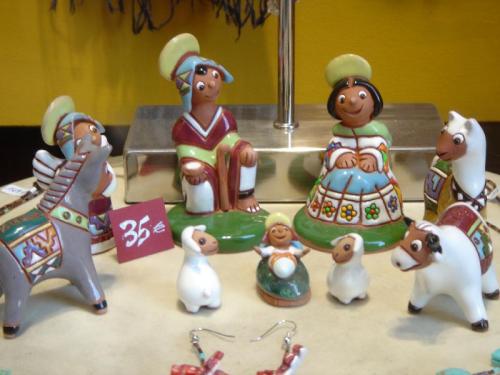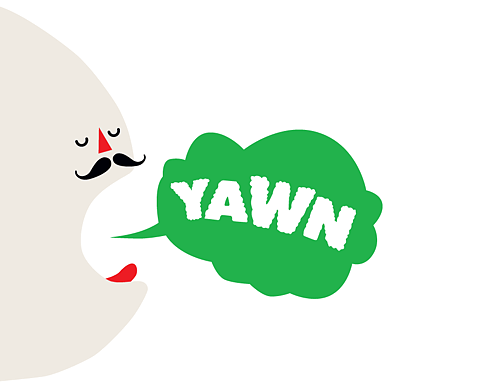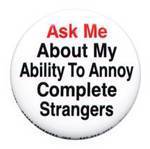Many bright people are discussing the idea of Transmedia Planning, an ever-evolving, non-linear brand narrative. Think ‘Lost’: For some (including me) it’s just an entertaining TV show, for others it’s a puzzle they want to solve, just to discover there are more puzzles to be found. And, for the ‘Lost’ fanatics fans it’s an obsession, constantly fed by new theories, facts and factoids fed to them through official and unofficial channels.
Currently, most media is planned around a single idea: Get me this amazing idea and I’ll execute it as a commercial, banner, sticker, print ad – you name it. My first Creative Director always asked the lowly copywriter (me) when he presented his ideas for a commercial: “Does this work as a radio spot? Print ad? Key chain?” (Most of the time it didn’t and I crawled back to my office for another all-nighter.) Our work had to deliver for any educational, age and IQ level. Just like the pyramids. Ask a 5-year old to draw the pyramids and the result won’t be that much different from your own drawings (Be honest!) Sure, there might be more texture, details and finesse. But one glance and everybody gets it. And just a few words come to mind when thinking about pyramids: Slaves, Construction, Sphinx, Pharaohs.

Do you know who this is? No?

Getting closer?

Easier? The overall scene composition might give it away.

These 4 images illustrate that everybody has a different concept of Jesus: Ask 100 people how they would describe Jesus in 5 words and you’ll get an interesting tag cloud. Some overall concepts and ideas (‘Compassion’ anyone?) will be repeated over and over again but each and every person developed their own, personal concept of Jesus. And you will quickly realize that people can handle more than a single core idea. Jesus is more to people than the symbol for ‘Compassion’. For some people he might stand for love. For courage. He might symbolize an oppressive childhood. Indoctrination. World Peace. The Truth. The holy spirit. You take from his story whatever you like. Whatever fits your belief system and values. You create your own Jesus story. Either based on the bible, on historic documents, on interpretations of your priest, on movies. All these channels feed you different story lines. They can never tell the whole story because you tell the story yourself. Since we’re social animals, we are looking for communities that share our values. Without these communities, the idea of Jesus could have never been that successful and all-pervasive. Interacting with people, discussing their understanding of the Bible, experiencing the complexity of the Jesus concept is just so much more powerful than reading the Bible in your living-room. No comparison.
‘Lost’ became a phenomenon because communities adopted the concept. These groups will develop naturally when you offer rich story lines. Well, not always.
People are ready to process much greater complexity, spread info through various platforms and become hypersocial. They are hungry for it. Problem: The kitchen is still cold, remodeling plans being discussed. It’s hard to shift from a one-item menu to a complex 20-course tasting menu. We need to find the right chefs, sommeliers, Maitre D’s and service personnel. And, to make things more complex, we might intend to serve up a 20-course tasting meal but everybody will have a different experience: Some will just have appetizers, some only deserts, some will take your best ingredients and cook something completely new out of it, some will only drink the wine, etc. We basically hope to cook for people that are cooking at the same time. (Mhm, that might be an interesting concept for a restaurant.) It’s complex and messy. But, it’s magic when it all comes together.





